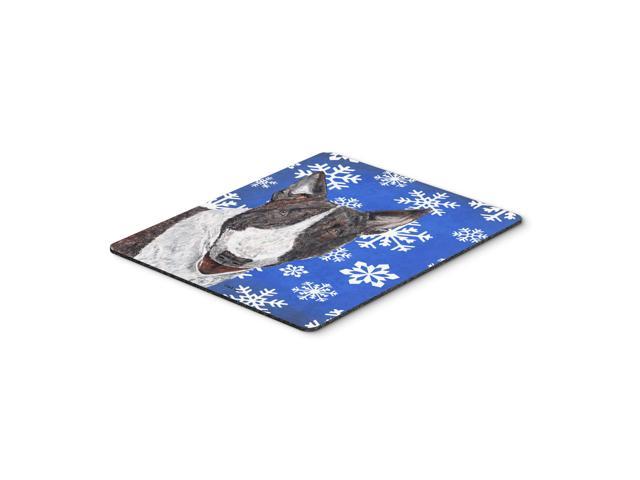Excerpt from The Market Potential for Cotton Linters: An Analysis of Industrial Uses of an Agricultural Byproduct
Rag-content writing paper is the most promising outlet for chemical linters. Recent industry estimates indicate that, potentially, linters may be substituted for up to 60 per cent of the total cotton fiber in rag-content paper, provided technological improvements can be made in the strength of linters. At the 60 percent level of utilization and on the ‘basis of 1952 - 57 production of rag-content paper, the market potential for linters in rag content paper would be about 250, 000 bales compared with annual use in the later l95o’s of about 170, 000 bales. The trend in use of rag-content paper, however, indicates a realizable potential closer to 210, 000 bales annually in the near future.
Resiliency, good staple, and color are the most important characteristics desired for felting uses. Cleanliness is the most important characteristic for chemical linters. It is possible to improve the quality of both felting and chemical linters, however, by better cleaning of cottonseed before linters are removed from the seed, and by better cleaning of the linters after removal. This would more nearly satisfy the needs of both the users of chemical linters and of the felting trade. While cleaner linters are more important to chemical users of cellulose pulp than to users of felting materials, both of these markets are affected by the degree of cleanliness of linters. Felting users would like a larger volume of domestic linters with better staple and more resiliency. These characteristics cannot be improved upon by present-day mechanical means, although they can be adversely affected by improper handling.
Foreign trade is important to the market potential for domestically produced linters. Importation of felting linters has been necessary in recent years to satisfy domestic de mand and maintain the position of felting linters in the domestic market. On the other hand, the export market has been one of the most important outlets for domestic chemical linters in the form of raw linters and purified cotton pulp. Exports of chemical linters in these forms averaged nearly 600, 000 bales annually for the 5-year period 1952 - 56, and the prospect for export demand for chemical linters over the next few years appeared bright at price relationships prevailing in late 1958. Price was an important factor in the low volume of exports in 1957.
About the Publisher
Forgotten Books publishes hundreds of thousands of rare and classic books. Find more at www.forgottenbooks.com
This book is a reproduction of an important historical work. Forgotten Books uses state-of-the-art technology to digitally reconstruct the work, preserving the original format whilst repairing imperfections present in the aged copy. In rare cases, an imperfection in the original, such as a blemish or missing page, may be replicated in our edition. We do, however, repair the vast majority of imperfections successfully; any imperfections that remain are intentionally left to preserve the state of such historical works.















